
Active and secure life
Support and services to help you live your retirement better
Discover how to make life easier for seniors with solutions for mobility, health, safety and leisure, while remaining independent and active.
Live independently and fully fulfilled
Senior well-being
Housing options and services tailored to seniors

Seniors today have a variety of options for living independently, securely, and comfortably. Depending on their needs and level of autonomy, they can choose between independent living facilities, assisted living, specialized memory care units, or nursing homes. These facilities offer a variety of services, ranging from daily assistance to comprehensive medical care, as well as social and recreational activities to maintain physical and mental well-being.
In addition, home services and temporary care solutions allow seniors to remain in their own homes while benefiting from tailored support. These options combine comfort, security, and support, helping to improve quality of life and promote lasting independence.
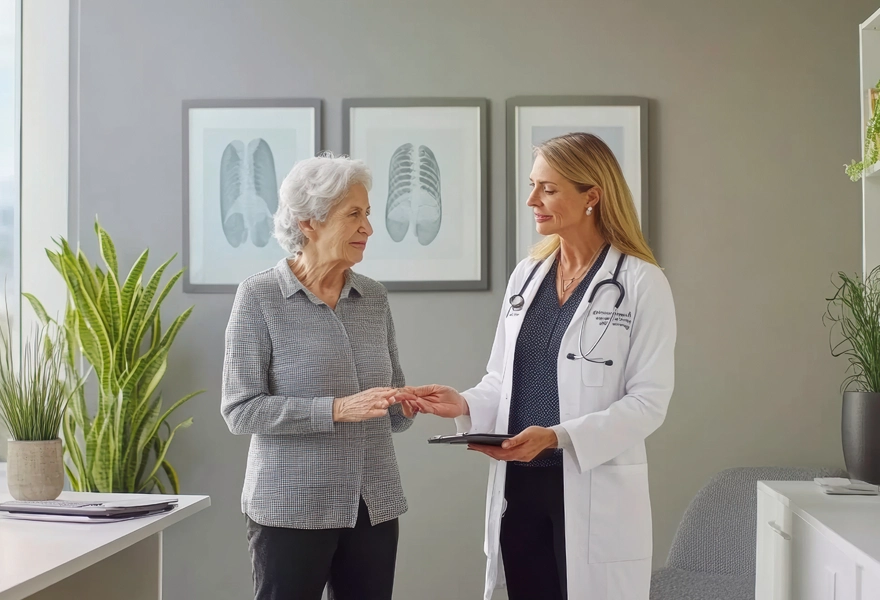
– 01
The importance of medical monitoring for a healthy life
Regular medical monitoring plays a central role in the lives of seniors, helping to prevent the onset of illness, quickly diagnose health problems, and adapt existing treatments.
Regular medical monitoring plays a central role in the lives of seniors, helping to prevent the onset of illness, quickly diagnose health problems, and adapt existing treatments. Through frequent visits and comprehensive assessments, doctors can identify risk factors, propose personalized solutions, and provide ongoing support. This monitoring encompasses not only physical health, but also mental health, by detecting stress, anxiety, and cognitive impairment early. It thus promotes independence, enhances quality of life, and provides seniors with the security they need to live peacefully while remaining active and engaged in their daily activities.
– 02
Navigating healthcare coverage and insurance plans
Understanding the intricacies of health insurance is crucial for managing healthcare costs effectively.
Public programs like Medicare and Medicaid provide foundational coverage for many older adults, but often have specific eligibility requirements and limitations. Private health insurance, supplemental policies, and dedicated long-term care insurance can fill coverage gaps, paying for services not included in basic plans, such as extended stays in skilled nursing facilities or in-home personal care. Reviewing policy details is essential to understand co-pays, deductibles, and covered services.

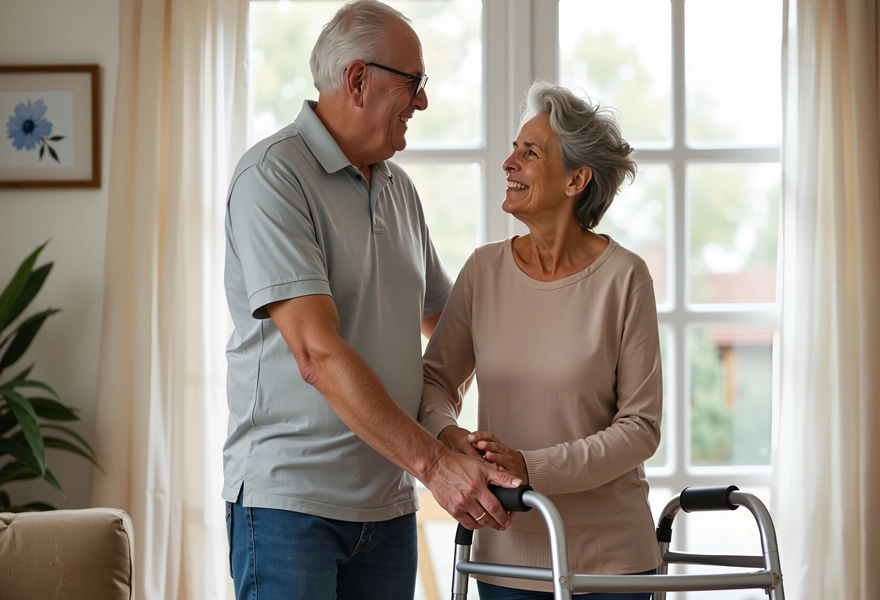
– 03
The role of mobility aids and daily living support
Mobility aids are essential for maintaining independence and safety for individuals with balance or strength limitations.
Devices such as walkers, canes, and manual wheelchairs provide stability for walking and moving around the home and community. For those with more significant mobility challenges, motorized scooters and power wheelchairs offer greater freedom over longer distances. The selection of a mobility aid is based on a thorough assessment of the user’s physical condition, environment, and daily activities to ensure the device is both effective and comfortable for consistent use.
Adapting the home environment for safety and long-term accessibility
Modifying a home is a key strategy for enabling individuals to age in place safely and comfortably. These adaptations focus on reducing hazards and improving ease of use throughout the living space. Common modifications range from simple installations to more extensive structural changes, all designed to accommodate changing mobility and health needs. The goal is to create a supportive environment that enhances autonomy while minimizing the risk of accidents, particularly falls.

Bathroom safety modifications
Installing grab bars, walk-in tubs, and non-slip flooring.
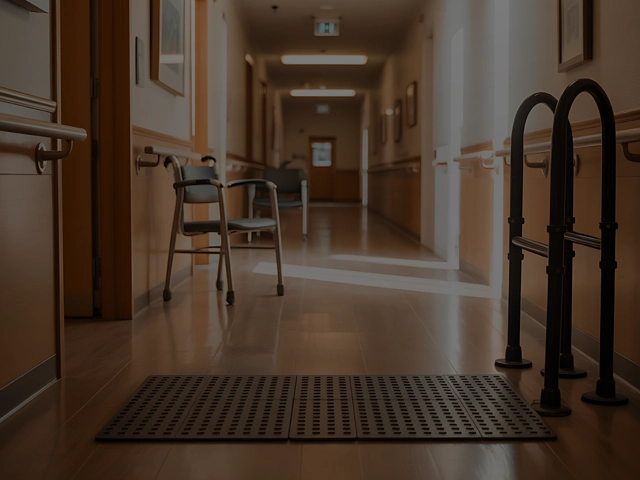
Entryway and hallway adaptations
Adding ramps for wheelchair access and improving lighting.
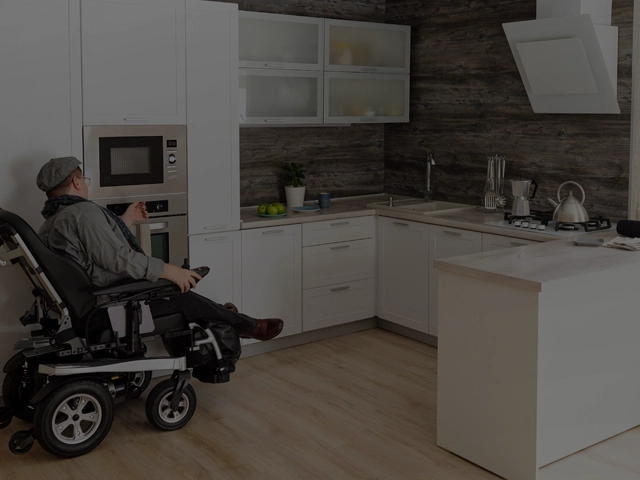
Kitchen accessibility features
Lowering countertops and installing easy-to-reach storage.
Implementing remote care and safety technologies

Innovative solutions for monitoring health
Medical alert systems with automatic fall detection can summon emergency assistance with the press of a button or when a fall occurs, providing peace of mind for both seniors and their families. Telehealth services enable remote consultations with healthcare providers, making it easier to manage chronic conditions and receive medical advice without leaving home. Smart home sensors can monitor daily activity patterns and send alerts if unusual changes are detected, offering a non-intrusive way to ensure well-being.
The essential role of caregivers for seniors

Caregivers play a key role in the daily lives of seniors by providing support tailored to their physical and emotional needs. They assist with daily tasks such as hygiene, meals, and transportation, while promoting independence and safety at home. Their presence also helps reduce social isolation, encourage participation in activities, and ensure compliance with medical treatments. By collaborating with healthcare professionals and adapting to each individual’s specific needs, they help improve the quality of life of seniors and maintain their physical and psychological well-being.
Leisure and activities to enrich the lives of seniors
Practising appropriate leisure activities allows seniors to stay active, stimulate their minds, strengthen their physical health, and create social connections to break isolation.

Gentle physical leisure activities and stretching
Walking, yoga, or water aerobics help seniors stay mobile, improve their balance, and maintain their health.
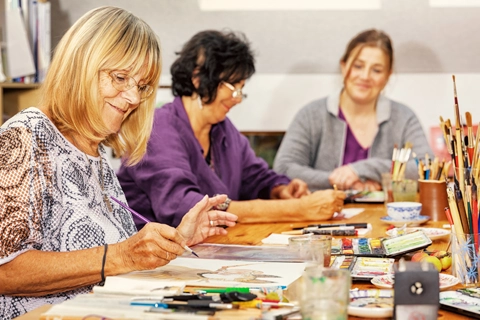
Cognitive and creative leisure activities
Participating in art workshops, playing board games, or taking music lessons stimulates memory and fosters creativity.
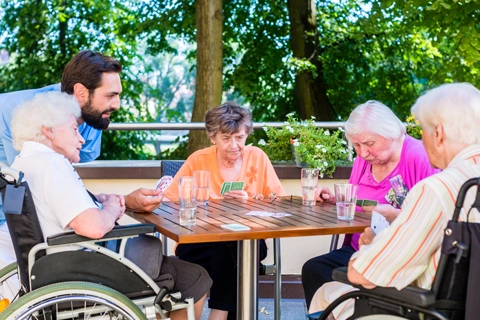
Social and cultural leisure activities
Cultural outings, clubs, or organized trips allow seniors to create social connections and combat isolation.